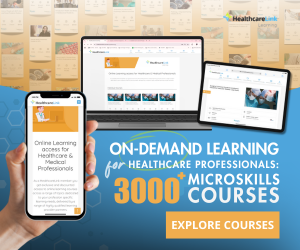Step to Work | Building positive relationships
Building positive relationships
By the end of the session you should be able to:
- build positive professional relationships
- describe the importance of seeing people as individuals by using the power of images and narratives
In this activity, you will use the research method of photo-elicitation to inform an interview or discussion with a service user who you work with.
Document your answers to the following task in the worksheet. The exercise should take about 10 minutes to complete.
7a task: photo-elicitation activity
Take time to explore the narrative of a patient or person that you are working with in your professional role. This may include a colleague, peer, supervisor or mentor. To facilitate your conversation, ask the person to choose a photograph that is important to them to discuss with you. This could be a printed photograph that they have with them or a photograph viewed on their mobile phone.
Questions that you could ask about the photograph to begin to elicit a narrative from the person include:
- why is this photograph important to you?
- who or what is captured in this photograph?
- what was happening around the captured image?
- how does this photograph make you feel?
Document your answers to the following reflection in the worksheet. The exercise should take about 10 to 15 minutes to complete.
7b reflection: further discussion
Consider and discuss with a colleague, mentor, preceptor or peer how a more detailed and deeper understanding of a person's narrative can enhance your practice.
- In what way did the photo-elicitation method develop your relationship with the person?
- Did you see the person differently after you found out more about their personal story then you did before? In what way?
- Does this method inspire other ways that you might build positive relationships with colleagues and service users?
- Complete
Summary
- Building positive relationships is important regardless of experience.
- Photo-elicitation is a commonly used research method which involves utilising at least one visual image in an interview and asking the participant to make remarks or observations of the images.
- NiPHC Transition to Practice Program
- Posted By APNA - Australian Primary Healthcare Nursing Association - Transition to Practice Program
- Posted Date: 2024-11-28
- Location:Online
- Transition to Practice Program: helping nurses make the move into primary health care.
- Non-pharmacological Approaches to the Management o...
- Posted By eIntegrity Healthcare e-Learning
- Posted Date: 2024-11-28
- Location:Online
- This session presents a wide spectrum of non-pharmacological approaches to the management of chronic...
- Medications and Older Adults course
- Posted By eIntegrity Healthcare e-Learning
- Posted Date: 2024-11-28
- Location:Online
- This session describes the physiological changes that occur with ageing and the effects these change...
- Common Pain Conditions in Older People course
- Posted By eIntegrity Healthcare e-Learning
- Posted Date: 2024-11-28
- Location:Online
- This session describes some of the most common conditions that cause pain in older people, the manag...
- Assessment of Pain in Older Adults course
- Posted By eIntegrity Healthcare e-Learning
- Posted Date: 2024-11-28
- Location:Online
- This session describes the assessment of pain in older adults and the range of assessment tools avai...


